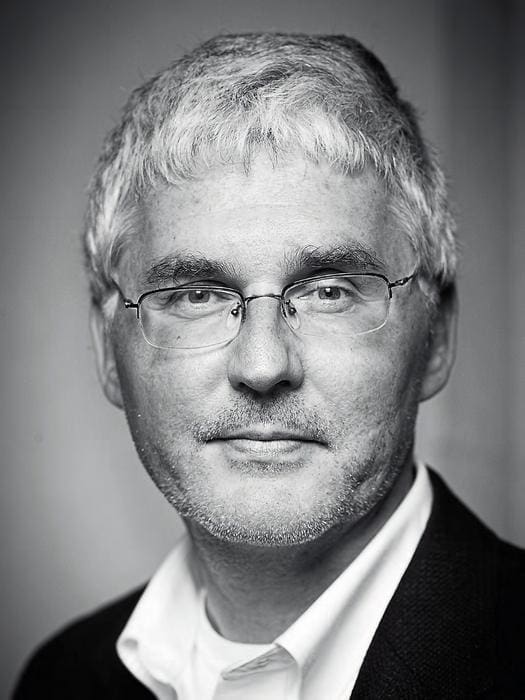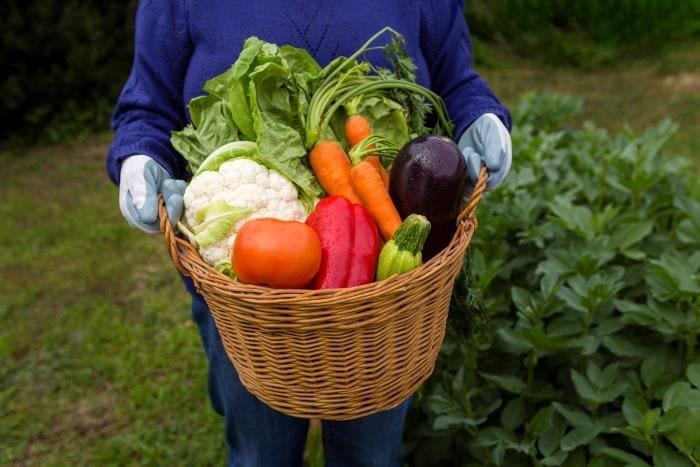The European Union’s ambitious plan to achieve carbon neutrality by 2050, embodied in the European Green Deal, represents a bold commitment to combat climate change. Initially agreed upon four years ago, the Green Deal promises significant cuts to carbon emissions within EU borders.
However, a recent study published in Nature Sustainability reveals that while the initiative will reduce emissions within the EU, it may inadvertently trigger a sharp rise in emissions outside Europe – more than doubling the emissions saved within the EU.

This critical analysis was conducted by a team of international scientists, led by Professor Klaus Hubacek, who specializes in Science, Technology, and Society at the University of Groningen. The team’s comprehensive supply chain analysis sheds light on the unintended consequences of this landmark policy, highlighting global carbon ‘spillovers’ linked to the EU’s drive toward carbon neutrality.
The scope of the Green Deal
The European Green Deal is a wide-reaching framework that seeks to decarbonize Europe by 2050 through a series of initiatives, including clean energy transitions, the promotion of biodiversity, and the restoration of ecosystems. A key focus is on land, land use change, and forestry (LULUCF), areas that can significantly influence both carbon emissions and sequestration.
Hubacek and his team’s analysis reveals a troubling reality: the emission reductions within the EU may be offset by increased emissions in other regions due to the global nature of supply chains and the displacement of land use.
Their findings show that the Green Deal could lead to a staggering 244.8 percent increase in carbon emissions outside the EU, compared to the amount saved by land and forestry initiatives within the bloc.
The displacement effect: a case of biodiversity
One prominent example of this displacement is the Green Deal’s pledge to plant three billion trees across Europe to enhance biodiversity. While this action seems like a positive step for the environment, it requires substantial land that is currently used for food production. As a result, food production may shift to other regions, such as Africa or South America, where converting land into cropland could lead to increased carbon emissions and a loss of biodiversity.
Hubacek is critical of the assumptions underlying such measures.
“Trees require a lot of land that cannot be used to produce food. That means that food must be produced elsewhere, and to do this, land must be converted into cropland. This increases the carbon dioxide emission and reduces biodiversity,” he explains.
Furthermore, while the Green Deal includes provisions to prevent the import of products from land where forests have been cleared for agriculture, Hubacek remains skeptical of its effectiveness.
“Nothing stops these other countries from growing products for Europe on existing farmland and felling forests to produce for the local market. There are simply too many uncertainties in these types of regulations,” Hubacek adds.
The Green Deal also promotes organic farming as part of its push for more sustainable agricultural practices. However, organic farming tends to require more land than conventional farming methods, raising additional concerns about land-use efficiency. “There is very little information available on the impact of these policies on land use,” Hubacek notes, underscoring the potential for unforeseen consequences.
Solutions and alternatives
While the report highlights critical flaws in the current approach, it also suggests potential solutions that could help mitigate the global ‘spillover’ effects.

One promising solution is the adoption of the “planetary health diet,” a predominantly plant-based diet that requires less land and resources for food production. Hubacek points out that switching to such a diet could lead to significant reductions in global carbon emissions.
Another option is to phase out the use of food-based biofuels within the EU. Currently, these biofuels require extensive farmland for their production, competing with food production and leading to indirect land-use changes that drive deforestation and biodiversity loss. By eliminating food-based biofuels, the EU could free up land for other uses and reduce its carbon footprint.
Additionally, the EU could play a more active role in improving agricultural efficiency in developing countries. By assisting these regions in using land more effectively, the EU could reduce the need for expanding cropland, thus cutting down on emissions and helping preserve biodiversity.
“No free lunch”
Despite the potential fixes, Hubacek argues that a deeper change in mindset is needed.
“The programme is driven by techno-optimism, but our analysis underlines that there is no free lunch,” he states. The belief in “Green Growth” – that economies can continue to grow while reducing environmental impact – is, according to Hubacek, a flawed assumption. “Everything you produce requires an input of resources,” he says, emphasizing the need for more sustainable consumption patterns, not just technological solutions.
With global temperatures poised to surpass the 1.5°C limit set by the 1995 Paris Agreement, and other planetary boundaries being breached, there is an increasing urgency to implement effective solutions.
“It is time to implement measures that work,” Hubacek stresses.
Conclusion
The European Green Deal, in its current form, offers a promising step toward decarbonization, but the global implications of its policies need to be carefully reconsidered. The ‘spillover’ effect of carbon emissions beyond the EU highlights the need for more comprehensive strategies that address global supply chains, land use, and consumption patterns. By embracing plant-based diets, phasing out biofuels, and improving agricultural efficiency worldwide, the EU can turn the Green Deal into a truly global solution for combating climate change. The challenge, however, remains in balancing growth with the realities of resource constraints – a dilemma that requires urgent attention.
Journal Reference:
Zhong, H., Li, Y., Ding, J. et al. ‘Global spillover effects of the European Green Deal and plausible mitigation options’, Nature Sustainability (2024). DOI: 10.1038/s41893-024-01428-1
Article Source:
Press Release/Material by University of Groningen, NL
Featured image credit: Victor Lavaud | Pexels




